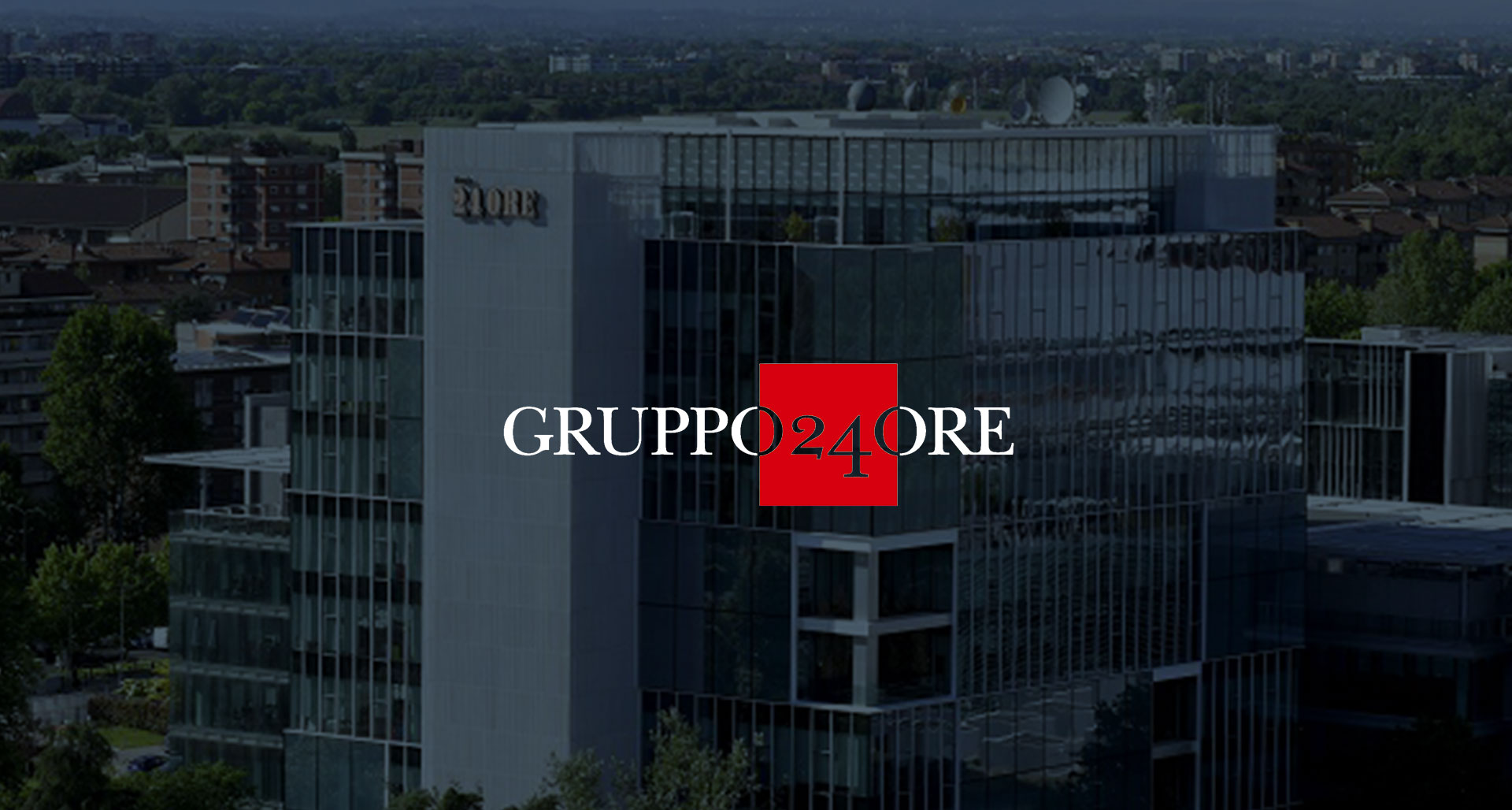
Published on Sole24Ore – NT Lavoro – on 10/11/2022.
Where there is in fact a single employer between several companies, the collective dismissal procedure must involve all the employees of the single company complex resulting from that integration, event in the absence of proof of the mixed usage of the activities of the employees dismissed.
Thus, the Court of Cassation, with the judgment no. 32834 of 8 November 2022.
The case originates from the dismissal of an Airline’s employee at the end of a procedure pursuant to Article 4 and 24, L. 222/1991, of which she contested the legitimacy sustaining that the procedure should also involve the parent company’s employees, to be considered co-controller of the employment.
The Court of First Instance ascertained the existence of a single imputation centre of interest between the above-mentioned company, declared the illegitimacy of the dismissal because of the Employer’s duty to select the employees to be dismissed in looking to the whole company's workforce. Those judgment was confirmed by the Court of Appeal.
The companies appealed in Cassation, contesting that the integration of the activities of the parent company and the subsidiary was sufficient to establish the single centre of imputation of interest and co-ownership of employments, nor could this conclusion be reached by virtue of the use of wet lease contracts.
Under another aspect, the appellants sustained the legitimacy of the dismissal cause the lack of proof of the mixed usage of the dismissed employee’s work performances, which never worked for the parent company.
The Court of Cassation, hearing the issues, recall that the economic-functional link between companies of the same group is not sufficient to hold that the obligations inherent in an employment relationship with one of them must be also extend to the others, since the existence of a single centre of imputation of interests can be configured in the presence of i) uniqueness of the organisational and production structure, ii) integration between the various activities carried out by the various group companies and the related common interest, iii) technical and administrative-financial coordination such as to identify a single management entity that brings together the different activities of the individual companies towards a common purpose, and iv) the simultaneous use of labour services by the various companies, carried out in an undifferentiated manner and simultaneously in favour of various entrepreneurs (Cassation 1507/2021, Cassation 19023/2017).
In the case in hand, these criteria had been correctly found by the Merit Court given, inter alia, the assignment of the subsidiary’s flight operation to the parent company, the usage of “wet lease” contract between the two companies, the usage by the parent company of the subsidiary’s employees trough secondments and trough “job posting” (ex novo hiring after termination of the contract with the subsidiary), usage of mixed crews.
Lastly, it should be noted that for the Milan Court of Appeal, the main argument of the appellants, according to which the employee should have demonstrated at trial the mixed usage of her work activities by both companies, is without merit.
In this regard, in fact, the Supreme Court recalled that the interpretation between company structures formally belonging to distinct entities implies the referability of the work performance to a single entity and , excluding the configurability of a similar burden of proof on the employee.

